Preserving the priceless historical collections that tell the stories of Australia’s past is a museums’ core function. Without preservation teams protecting items of cultural importance from deterioration, we become cut adrift of history – losing the knowledge gained along the way.
That makes monitoring and controlling museum’s environmental conditions vital. The three factors to look out for in curating and preserving cultural collections are: temperature, humidity and light levels.
Temperature
Most objects are not directly sensitive to fluctuations in temperature. Changes between hot and cold can affect other climatic factors, such as humidity, water presence and mould growth, which contribute to deterioration and damage directly. Additionally, extreme shifts can cause wood to warp.
Testo’s entire range of 160 data logger devices are optimised to monitor temperature to the highest degree of accuracy, ensuring conservationists can react flexibly to conditions that can compromise the long-term lifespan of a museum collection.
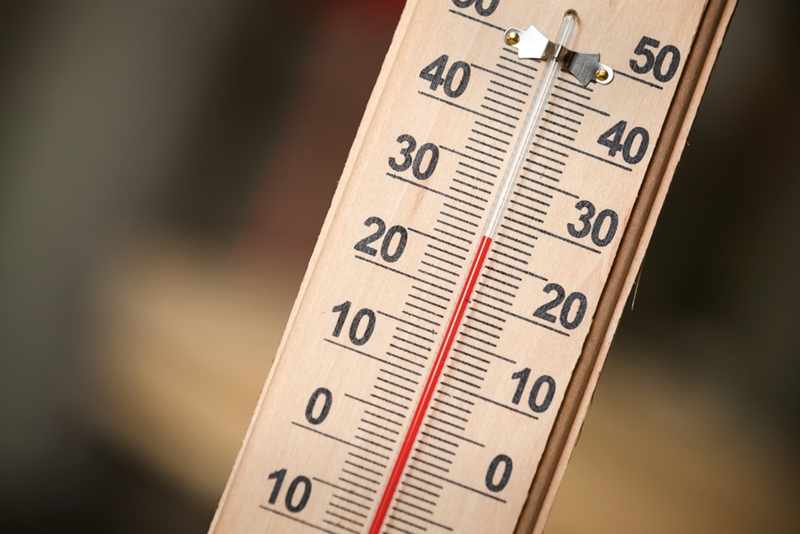 Temperature is an important parameter to measure when preserving museum collections.
Temperature is an important parameter to measure when preserving museum collections.
Humidity
Climatic relative humidity indicates how much water vapour is in the air at a particular temperature compared with how much airbourne vapour could be stored at that temperature. Different relative humidity levels differ in their effect on materials – for example, organic materials are more prone to damage than glass or plastic. However, high levels of humidity usually cause damage to most materials, including rot in wood and rusting in metal items.
Testo’s 160 THE data logger is the ideal climate monitoring tool for reducing humidity damage. An integrated temperature and humidity sensor allows conservationists to check storage conditions in real-time, while additional probe connections make testing for other parameters simultaneously seamless.
Light levels
Controlling light levels when storing museum collections is a vital aspect of preventing deterioration or long-term damage. All light waves can be damaging to certain materials, but ultraviolet (UV) light from the sun and fluorescent bulbs has a particularly negative effect on materials such as paper, plastic, dyes, cloth and feathers.
The Testo THL system offers a total solution for monitoring ambient light and UV exposure alongside factors such as temperature and humidity. All climate data is recorded and stored in the Testo cloud, offering you real-time updates via email directly to your smart device. This means operators can always stay abreast of changes to collection storage conditions.
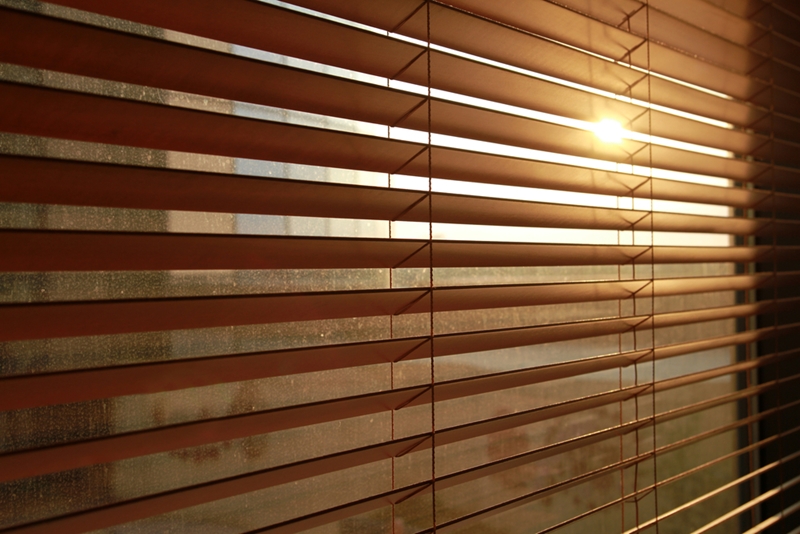 Limiting sources of sunlight exposure is key to reducing UV damage.
Limiting sources of sunlight exposure is key to reducing UV damage.
Partnering with Testo for better preservation practices
Our 160 range of climate monitoring data loggers is used by cultural institutions nationwide when monitoring for climate conditions such as temperature, humidity and light levels. From the Melbourne Museum in Victoria to the National Maritime Museum in Sydney, Testo has partnered with Australia’s most prestigious museums to help improve climate monitoring and preservation practices, protecting our history for a more culturally-secure future.
For more information about our climate monitoring systems, contact Testo today.



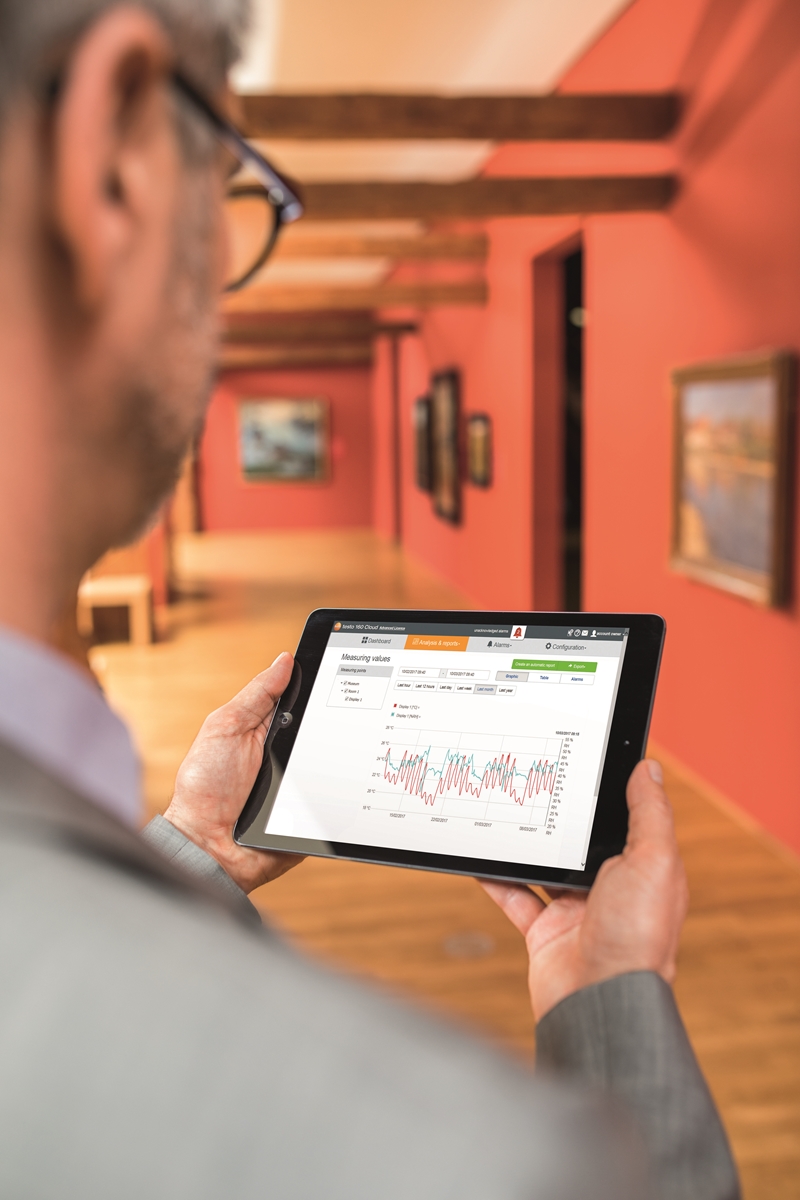
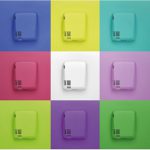

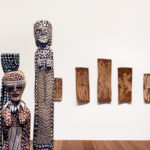
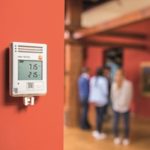

 Reduce cooking oil costs while ensuring quality
Reduce cooking oil costs while ensuring quality Expert knowledge on CO2 monitoring
Expert knowledge on CO2 monitoring Refrigeration knowledge - in 3 modules
Refrigeration knowledge - in 3 modules



